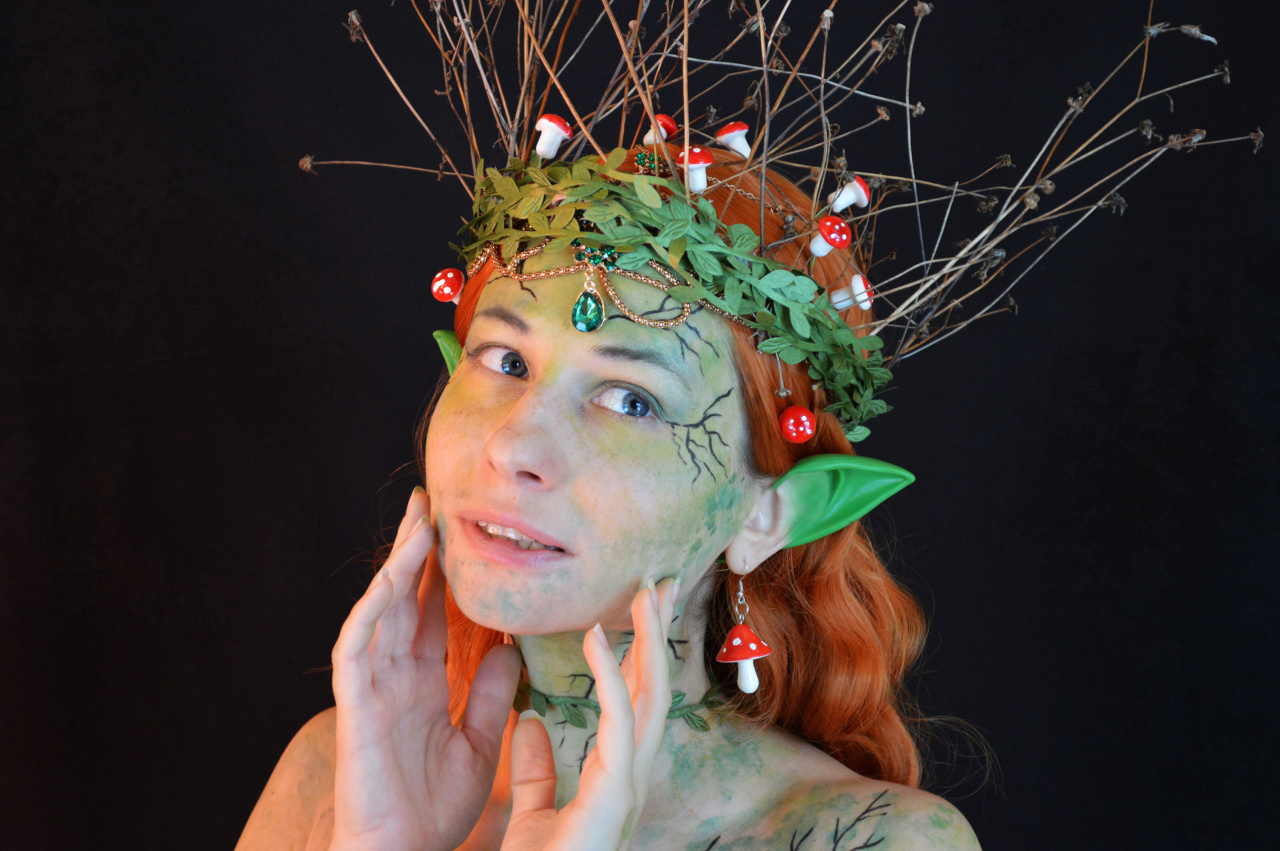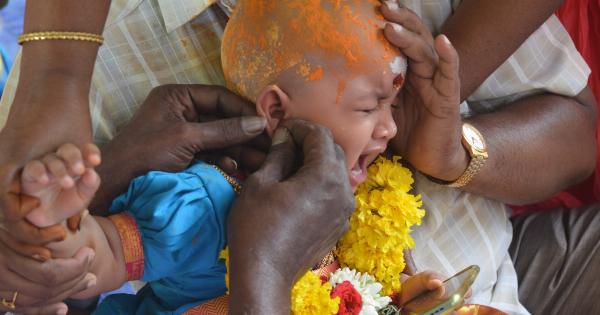Top of the ear piercing is a popular body modification, often adorned with intricate jewelry pieces. However, like any other piercing, it comes with risks that you need to know.
Most people overlook the risks of ear piercings, and sometimes that could lead to serious complications. Some potential risks include:.
1. Infection
The top of the ear is one of the most vulnerable areas in the ear when it comes to infections. Due to its location and shape, it is difficult to keep clean, making it an ideal spot for bacteria, viruses or fungi to grow.
If not adequately cleaned or taken care of, piercings can result in severe infections, leading to severe complications including sepsis.
2. Allergic Reactions
The jewelry you use in your top of the ear piercing might cause an allergic reaction. Some materials used in jewelry, including nickel, copper, and brass, can cause allergic reactions on the skin.
If you have any allergic reactions to these types of metals, taking a top of the ear jab is not advisable.
3. Keloid Scarring
Like any other piercing, the top of the ear can result in keloid scarring. Keloids are tumorous-like tissue that grows around a piercing’s site, potentially causing intense pain and even infection.
Though keloids do not always occur, taking proper care of the piercing is crucial to prevent them from forming.
4. Bleeding & Swelling
While most ear piercings do not cause significant bleeding, the top of the ear piercing is a bit different. The skin around the area is thin, and piercing might cause severe bleeding.
Moreover, swelling could also occur, making the entire piercing tender and painful to touch.
5. Nerve Damage
The top of the ear piercing is in such a delicate area, and any slight mistake could lead to nerve damage. In some people, the piercing may cause constant pain, a tingling sensation or numbness due to nerve damage.
Though nerve damage is rare, it is a severe complication and could affect your overall health.
6. Pneumothorax
This implies that the needle has gone beyond the skin’s surface and hits other parts of the body like the lungs. This complication is life-threatening and requires immediate medical attention.
In rare occurrences, the needle can pierce through other parts, causing bleeding and infection.
7. Jewelry Mishaps
The jewelry for the top of the ear piercing comes in different sizes and shapes. Sometimes it is easy for rings or studs to get caught on clothes or hair, ripping the piercing out of the ear.
You can avoid this by choosing smaller studs or rings dangling from the piercing, reducing the chances of ripping and straining the piercing hole.
8. Poor Hygiene
Keeping the piercing in excellent condition is crucial in preventing most complications. Failing to keep the piercing clean and disinfected could result in serious consequences.
A word of advice is to avoid touching the area with unclean hands, and don’t let anyone else touch or kiss the area until it’s fully healed.
9. Improper Piercing Technique
The piercing in the top of your ear must be done under the proper technique. Piercing through the cartilage requires careful consideration, and failure to do so could lead to severe risks such as constant pain, bleeding, and infection.
Ensure you choose an experienced piercer to avoid such issues.
10. Hematoma
A hematoma is a blood clot present under the skin. It is a common complication in piercing, and the top of the ear is not excluded. Hematomas occur when a blood vessel is ruptured during the piercing process, causing a clot to form.
Hematomas are not life-threatening, but they could be uncomfortable, causing swelling, and prolonging the healing process.
Conclusion.
Top of the ear piercing is a delicate procedure that requires careful consideration. As with any other piercing, it comes with its share of risks, which should be taken into account before deciding to take the jab.
While these risks might sound scary, with proper care, you can prevent most of them. Take time to consider the risks involved, and choose an experienced piercer to avoid a poor experience.































